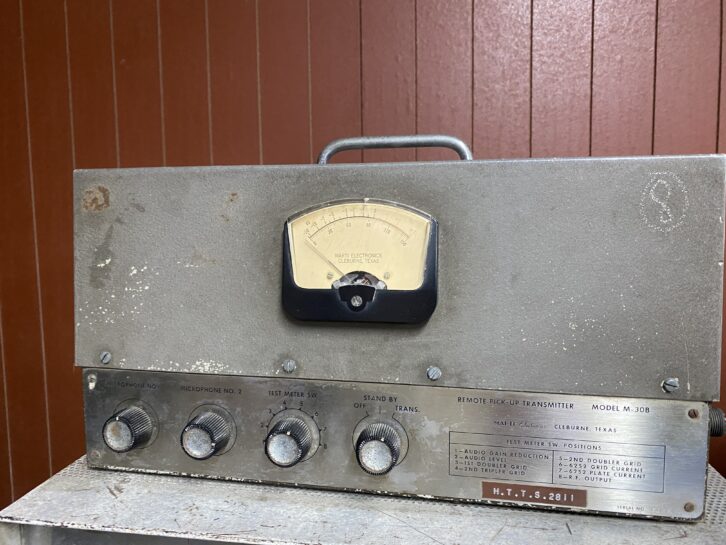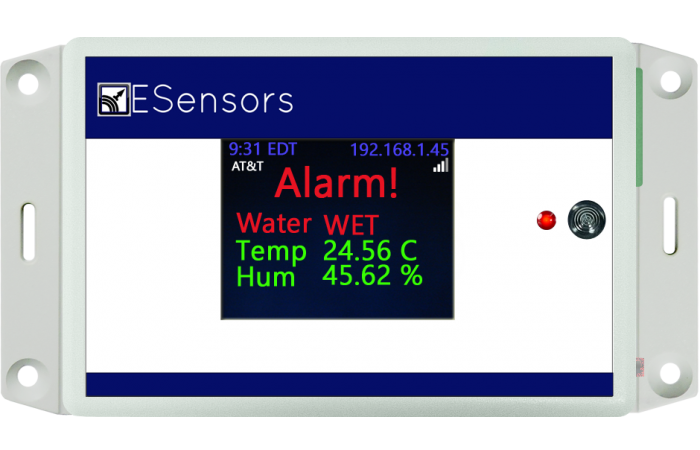Text has been updated to correct the price of the E-sensors module.
San Diego’s Marc Mann was not surprised to read that Crawford engineer Stephen Poole had recorded numerous blocked network intrusion attempts in his log, as we described in July.
But Marc’s eyes were really opened when he moved to a Synology mesh router system for his home office. The router manager’s Threat Prevention feature, shown in the accompanying image, graphically shows every probe and its automated blocking. It even provides a map to display the IP’s origin.

The number of offshore attempts documented will make you angry. The second image chronicles attacks over a seven-day period.
The volume of automated scans of Marc’s network is staggering. It emphasizes the need to utilize and enforce two-factor and other security protocols. What’s really crazy is that no IP port is immune to these threats.
This is a “prosumer” software system, though Marc also uses Synology’s NAS for all his backup and streaming needs.

At groups that have full-time IT departments, this may be a ho-hum observation, as they have professional-grade software keeping their stations safe. Synology’s Threat Prevention allows smaller station networks to peer behind the scenes of what is being blocked and attempting to break in.
Synology says its purpose is to help businesses manage, secure and protect their data, “wherever access is needed from flash to disk to multiple cloud architectures.” For more information, click here.
Paging George Marti
Carl Esposito recently toured Independence Palace in Ho Chi Minh City, aka Saigon, a building that served as the presidential offices of South Vietnam until the fall of the city in 1975.
Visiting a display of old communications equipment in the building bunker, he was surprised to come across a piece of equipment that apparently had been left behind by U.S. forces. On the front-panel meter, the device prominently bears the name of a company based in Cleburne, Texas.
Carl was interested at first mainly because he had lived not far from Cleburne himself at one time. But a quick Google search also taught him that George Marti and his equipment are famous among broadcasters. He’d had no idea about Marti’s career or the equipment that bore his name. At one time, Marti remote pickup gear was the standard for remote broadcasts.
How neat that the historic RPU is preserved in the basement of a government building in Vietnam. Perhaps a relic of the American Forces Vietnam Network or the American Radio Service? Share your ideas.

Small leaks sink great ships
Dan Slentz was searching for a reliable water and temperature monitor and came across E-Sensors’ Advanced Water/Fluid Leak Detector. The model AQUO Xe can be powered over Ethernet and can be supplied with temperature and humidity sensors, as well as a relay control option.

Add a sensor like this to an elevated condensate pan to warn of flooding should the condensate drain clog. Note, the device will send you an email when it alarms, providing additional insurance beyond wiring it up to your remote control system.
The sensor modules cost around $250 to $350 and can be ordered directly from E-Sensors here.

A clean ATU is a work of art
Robert Leembruggen’s first radio job was at 1110 KRLA back in 1985. Robert assisted with the install of the directional antenna units. He remembers placing two mothballs in the rear corners of each ATU after they were mounted. Even though the enclosures were new, the mothballs kept insects and vermin out.
Robert joins others in recommending Simple Green as the best solvent/degreaser on the market. When Robert rebuilds an Optimod, he sprays both the chassis and the PC boards with Simple Green, then scrubs with a paint brush to remove all the grime. A hot water rinse concludes the cleaning, with amazing results.
After 16 years with Orban, Robert has launched his own service center. Drop him a line at [email protected].
Workbench submissions are encouraged and qualify for SBE recertification credit. Email [email protected].











